Thought Leader: Assessing Forward-Looking Emissions Impact
Interview with Keri Browder, Direct of Impact Accountability, Prime Coalition, originally featured in Net Zero Insight’s The State of Climate Tech Q1’23 on April 19, 2023
Why should investors measure forward-looking emissions impact?
We all have a role to play in ensuring a livable climate. As the window to mitigate the worst of the climate crisis closes, we know that we must rapidly redirect capital to the most impactful climate solutions. But without forward-looking emissions impact assessments, a venture or private equity investor may not be able to truly understand a solution’s potential impact on the climate. Furthermore, if a solution’s GHG impact is not thoughtfully considered prior to investment, it may be overstated, opening the door to greenwashing.
What is the difference between potential and planned impact?
Project Frame defines impact as the way a solution is expected to directly or indirectly result in a change in GHG emissions when compared to a defined status quo or incumbent. We divide our methodology for forward-looking impact into two categories: potential and planned. The difference between potential and planned impact lies in whether the solution being considered is broad or specific Potential impact is based on what the broad solution could achieve, assuming a standardized trajectory of success, whereas planned impact is based on what the specific company deploying the solution intends to achieve per a realistic analysis of its business model.
What is Project Frame’s methodology guidance and how can investors implement it?
Project Frame’s methodology guidance, entitled Pre-investment Considerations: Diving Deeper into Assessing Future Greenhouse Gas Impact aims to provide venture and private equity investors with common language and steps with which to screen investments based on forward-looking emissions impact. This guidance builds upon Frame’s earlier Introduction to Assessing Planned GHG Impact while zeroing in on methods for quantification and other important considerations such as attribution and additionally.
In line with Frame's intention to demystify and build consensus around best practices for climate investing, the methodology guidance is the work of more than 45 authors, contributors, reviewers, and focus group members from leading climate investing firms and advisors. We anticipate that venture and private equity investors will interpret and implement this guidance differently, as not every topic covered may be relevant to them and their work. We do hope that they will adapt our guidance to their practices, centering transparency, and provide feedback as we continue the conversation.

